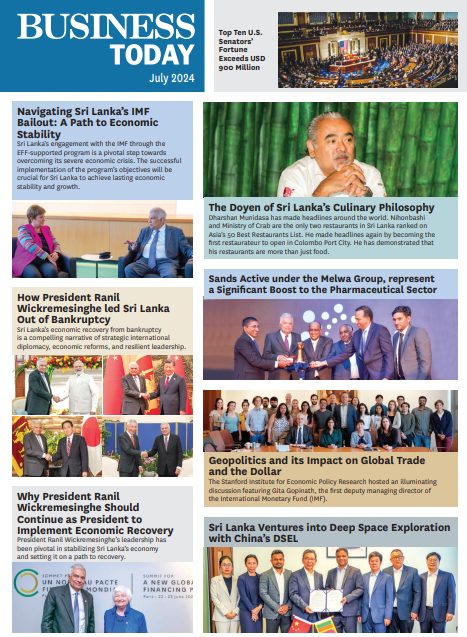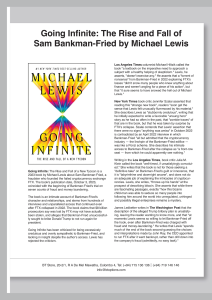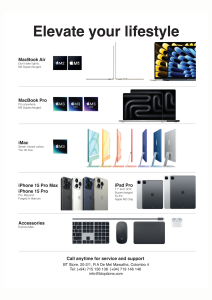The Global System for Mobile Communication (GSM), represents a determined step by Sri Lanka towards the achievement of the ideals of Universal Personal Telecommunications (UPT), says HANS WIJAYASURIYA.

The manifold benefits of digital communications, unsurpassed security, global standardisation and the realization of the “global number” dream through international roaming, blend to provide the mobile telephone subscriber in Sri Lanka with the state-of-the-art in cellular telephone.
The investment and expertise required to achieve the objectives of transnational mobile communications were so demanding that it took the technical and financial cooperation of the European countries almost a decade, to bring the GSM network into commercial operation. Today, 162 GSM networks are operational in over 88 countries. Sri Lanka has been among the first South East Asian countries to join the GSM world. followed recently by India and other neighbouring countries.
Universal Personal Telecommunications (UPT) is a telecommunications dream, whereby a subscriber is identified by a single number, irrespective of his or her location in the world, and of the terminal equipment (i.e. handset, fax, computer etc.), or network being used. This dream has inspired many a revolution in the telecommunications industry over the last decade. The most significant step towards UPT made so far, has been the establishment of the GSM system. GSM, signifies not only a technological victory over existing analogue networks and their inherent shortcomings but also a victory over political and geographic barriers in the achievement of global communications.
The Cellular Telephone has come a long way since the first mobile telephone service was born in St. Louis, Missouri, USA in Needless to say, the first mobile telephone networks were manually operated i.e., they required the intervention of an operator to effect the required circuit connections. Furthermore, service areas were restricted to that of a single base station (reception and transmission site) a single cell system in today’s jargon. It was not until 1971 however, that the cellular concept first came into being.
Towards the end of the last decade, mobile communications based on analogue technology became increasingly accessible to consumers from various strata of society, mainly due to low production costs and the fact that research and development costs has long been recovered by the industry. Increasing penetration of cellular telephones soon led to the congestion of analogue systems in the developed countries. The latter, together with the demands of consumers for higher quality services and Integrated Digital Services Network (ISDN) facilities in line with the growth of the Information Technology (IT) industry, led researchers and industrialists to look for a new generation of mobile telecommunication technology. In the wake of such activity, it was becoming increasingly obvious that the existing analogue systems had limitations which could only be overcome through a migration to digital techniques.
A digital revolution was to follow in the cellular industry, with many competing technologies and standards being proposed. Of these, GSM remains the only proven standard with incomparable global acceptance. The acceptance of GSM is unmatched as it provides a unified picture of the application of the principles of UPT, Personal Communication Systems (PCS) and the state-of- the-art in cellular technology. The digital trend however is well established, and it won’t be long before analogue technologies will increase in price due to lower production and obsolescence, while digital pricing begins to reflect the benefits of economies of scale.

A fundamental limitation of the analogue systems is with respect to system capacity-resulting in congestion and deteriorating quality. Digital systems allow greater efficiency in frequency, with a natural growth path available towards smaller cells and lower power transmitters, allowing more voice channels and reduced congestion. Analogue transmissions are extremely susceptible to all forms of interference, both natural (e.g. multipath fading due to reflected signals) and those which are system generated (e.g. transmissions from neighbouring cells). In addition to the inherent capability of digital systems to operate under more severe interference conditions, digital systems can be supplemented with error detection and correction techniques and digital equalizers To the consumer this manifests itself in the form of a clear and noise-free communication channel.
As mobile telephones were being used increasingly in sensitive environments of competitive business and national security, the existing analogue technology appeared embarrassingly naked to simple eavesdropping devices. Furthermore, large-scale cellular fraud was to spread across the analogue world with the cloning of handsets becoming a common practice in many countries. Eavesdropping is eradicated in digital systems due which can be incorporated at little additional cost.
A key shortcoming of the many analogue systems across the world
GSM is not only a revolution in mobile radiotechnology, but also in the philosophy behind the development of futuristic cellular networks
was the absence of standardization with respect to handsets as well as infrastructure equipment. This was most evident in the light of the trend of standardization prevalent in the IT world over the last decade. In accordance with this trend, mobile communications was also in dire need of such global standardisation. The first step towards such a global system was taken by the Conference Europeenne des Postes et Telecommunications (CEPT) in 1982, through the formation of a standardisation body named the Group Speciale Mobile (GSM). The mobile communication system which emerged was to be renamed the Global System for Mobile Communications. The task of this group was to specify a radio communication system for Europe at 900 MHz
In 1988, the standardisation activities of CEPT were to be transferred to the newly formed European Telecommunications Standard Institute (ETSI) which included not only administrators but also industry groups, research bodies and operators. The wide knowledge base so introduced at the design and specification stage has played a vital role in the success story of GSM to-date. GSM was designed to overcome the limitations of the existing analogue system, some of which were mentioned above. In addition to enhancing voice mobile communications, particular emphasis was placed on access to the Integrated Digital Services Network (ISDN) related services. In line with UPT, the novel concept introduced in GSM, was that mobile communications service were to be associated with an individual subscriber, rather than with terminal equipment.
GSM follows the Personal Communication System (PCS) concept whereby the network specific portion (i.e. handset or data terminal) is Isolated from the subscriber specific part (i.e. subscriber details, mobile number, service access details etc.) In the case of GSM, the subscriber specific part resides on a Subscriber Identity Module (SIM) card or microchip. This allows a subscriber to use any handset via his personalised SIM with billing being refereed to his/her SIM account as opposed to the handset. This differs from the anaingue approach where subscriber personalisation is performed on the handset.
With reference to privacy and security, GSM employs complex user authentication and identity protection procedures Many of these enhanced security features are derived from the use of the SIM card. At the most basic level. stolen cards on handsets can be barred from the network within seconds of notification, and if necessary even to GSM networks worldwide.
The global nature of the GSM specifications and the strict con formance to these specifications by member countries and manufacturers allows a GSM subscriber to use his SIM with his or any other GSM handset in any GSM network in the world, subject to the existence of roaming agreements between the operators concerned. A GSM user is recognised and registered automatically when his/her equipment is switched on in the visited country and all calls are re-routed on international circuits to his/her new location. The location of the subscriber hence becomes transparent since he/she is contactable on the same number within the GSM world, which as mentioned earlier spans over 65 countries. Carrying the SIM concept (of separating network and subscriber) a step further, the same SIM can be used in handsets compatible with different digital networks. The latter is already a reality with SIM card roaming being launched between GSM (900 MHz) networks used widely outside the USA, and PCN (1900 MHz) networks used within the United States. It is hence clear that the objectives of Universal Personal Telecommunications (UPT) are well within the reach of the digital cellular networks of today.

It is important to note that GSM is not merely a standard voice communications. GSM spans advanced bearer services with data speeds of 9600 bps (extended to 64,000 kbps) and G3 Fax. The short messaging service provides bi-directional alpha-numeric messaging with direct access to e-mail. Furthermore, specific interfaces are now available to provide internet access on GSM. The GSM specifications are continuously revised with working groups already mapping out new facilities to carry GSM well into the next century. More advanced bearer services such as video text and other ISDN facilities are in the pipeline for implementation in the near future.
What is most significant is the fact that GSM is not only a revolution in mobile radiotechnology, but also in the philosophy behind the development of futuristic cellular networks. It is hence ensured that while mobile radio technology must and will continue to advance in line with the state of-the-art in telecommunications and electronics in general, the concepts and high level architecture of GSM will be preserved well into the next millennium.






